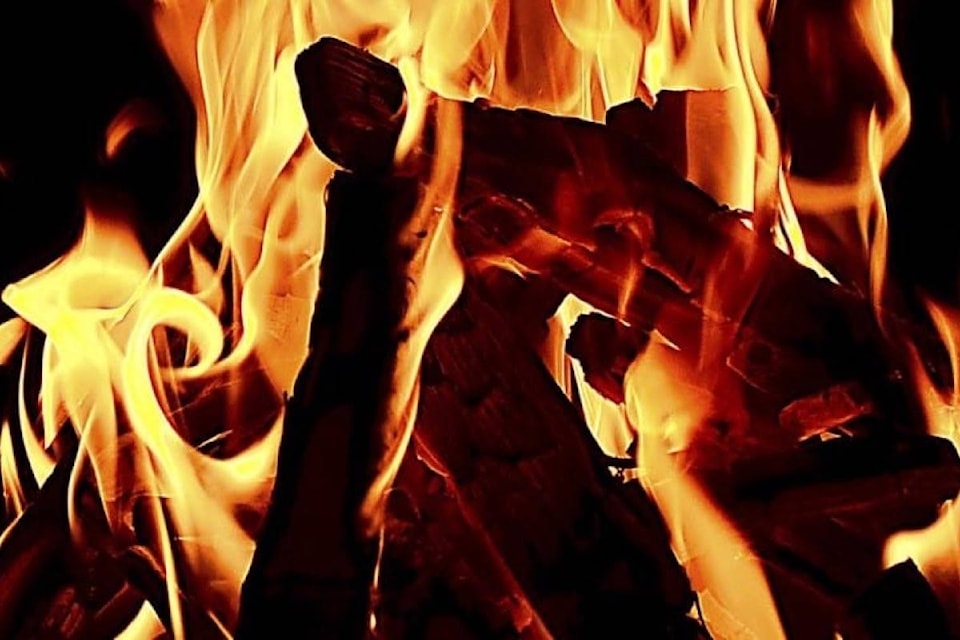New provincial regulations will see further controls on the burning of waste from development sites in the Sooke Region.
Under the regulations, issued by the Environment Ministry, Sooke is designated as a high sensitivity zone, meaning developers need to meet more requirements to receive a Class A burn permit to burn vegetation cleared from work sites.
Setbacks are now greater for fires, increasing fivefold, requiring a space of 500 meters from buildings. There’s also been a doubling of the buffer zone to 1,000 meters between the fire and any school, hospital, or community care facility.
The material burned must have a moisture content of 30 per cent or less and piled for at least four months. The material cannot be transported to another burn site any further away than five kilometres.
The burning conditions have also stepped up with a requirement that the venting index (the wind conditions) listed as good on the first day of a burn and good or fair on the second day.
The site of any large scale burn must be a minimum of 10 acres.
Sooke deputy fire chief Matt Barney said the new regulations will have a limited impact on developers.
“These are large debris piles that generally take place on large tracts of land. And even though we’ll get the odd complaint, the regulations on burning conditions mean that the smoke should be going straight up,” Barney said.
“Of course, there’s no guarantee that the wind doesn’t come up or shift and that’s when we can get some complaints.”
In anticipation of that shift in conditions, the regulations also require burning permit holders take steps to notify neighbouring properties of the date and time of the burn so that they can take steps, like keeping windows closed, during the burn.
“There is always the possibility of a problem, but these regulations help to anticipate and address those possibilities,” Barney said.
“We only get five or six requests for Class A permits every year, so it’s not a real problem.”
The new regulations for Class A burns do not have any effect on the rules governing the District’s Backyard Burning Regulations, at least for now.
RELATED: Burning raises concerns
Those regulations are also under review by the Ministry of Environment which has already gone on record as encouraging everyone to explore alternative methods to deal with garden waste.
mailto:tim.collins@sookenewsmirror.com
Like us on Facebook and follow us on Twitter
